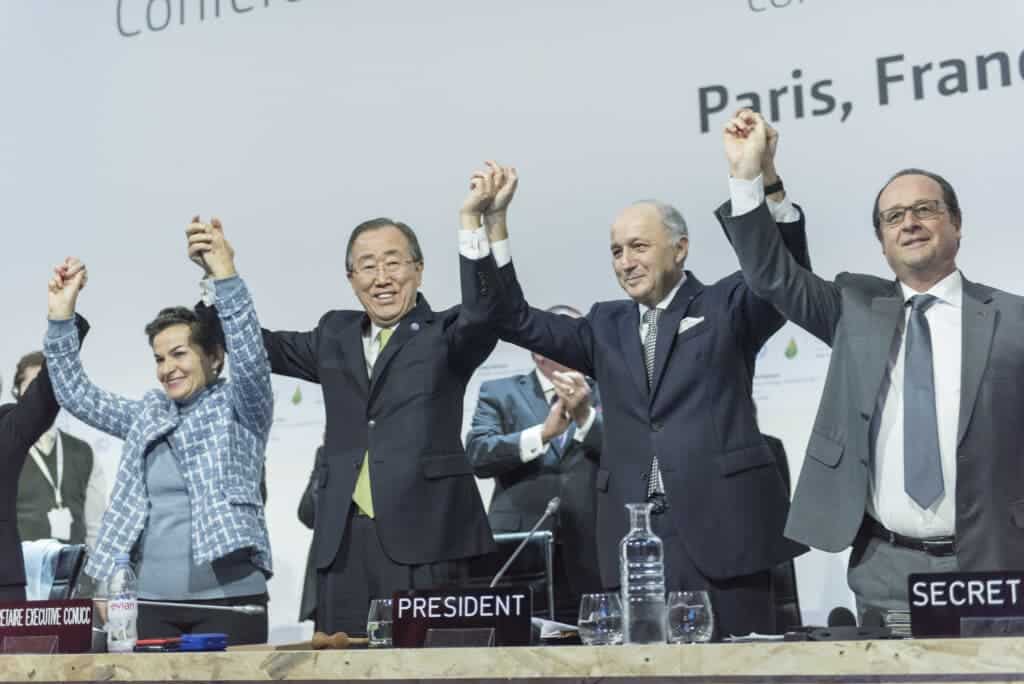Avoiding the global temperature to increase over 2ºC by the end of the century would require countries to unveil emission reduction strategies 80% more ambitious than the current ones, according to a new study. The findings mean the Paris Agreement on climate change will be impossible to meet without systemic, almost immediate change.

In 2015, countries agreed to keep global average temperatures under 2°C above pre-industrial levels, while also aiming at 1.5º if possible. This is the Paris Agreement. But if mankind wants any change at this target, it needs quick change because the direction we’re going in is not good enough.
Previous studies have found only a 5% chance of global temperature increase being less than 2ºC compared to pre-industrial levels, and the new study comes with similar conclusions.
A group of researchers at the University of Washington (UW) used a statistical approach to try to answer that question. They modeled national population, GDP per person and the amount of carbon emitted for each dollar of economic activity, also known as carbon intensity. They then showed the range of likely future outcomes.
“A number of people have been saying, particularly in the past few years, that the emissions targets need to be more ambitious,” lead author Adrian Raftery, a UW professor of statistics, said in a statement. “We went beyond that to ask in a more precise way: How much more ambitious do they need to be?”
Raftery and his team found that on current trends, but without additional efforts to meet countries’ current climate pledges, the median forecast of global mean temperature increase is 2.8 °C – far from the 2ºC goal of the Paris Agreement. If instead countries meet their commitments and continue reducing emissions at the same rate thereafter, the forecast declines to 2.3º.
To avoid an increase of over 2ºC, emission reductions would have to be 80% more ambitious, the researchers found. Still, this doesn’t mean all countries would have to do the same, depending on their promises and progress so far. For the largest emitters, the needed increases would be 7% for China, 38% for the United States, 55% for India, and 25% for Germany.
Meeting the target of the Paris Agreement also would require global progress towards net zero fossil fuels and industry emissions, the researchers argued. But it wouldn’t require global annual emissions to reach net-zero before 2100, although it would likely involve individual countries doing so. The 80% further ambition they call for would mean global annual emissions of about 7.8 gigatons of CO2 by 2100.
“Achieving the Paris Agreement’s temperature goals is something we’re not on target to do now, but it wouldn’t take that much extra to do it,” first author Peiran Liu said in a statement. “Globally, the temperature goal requires an 80% boost in the annual rate of emissions decline compared to the Paris Agreement, but if a country has finished most of its promised mitigation measures, then the extra decline required now will be smaller.”
Recent studies have reached similar findings but restricted to a limited group of countries. A 2019 study, for example, looked at whether G20 economies were on track to meet their climate targets. Only six G20 members (China, India, Indonesia, Japan, Russia, and Turkey) were projected to meet their unconditional NDC targets with their current policies.
The study was published In the journal Communications Earth & Environment.


